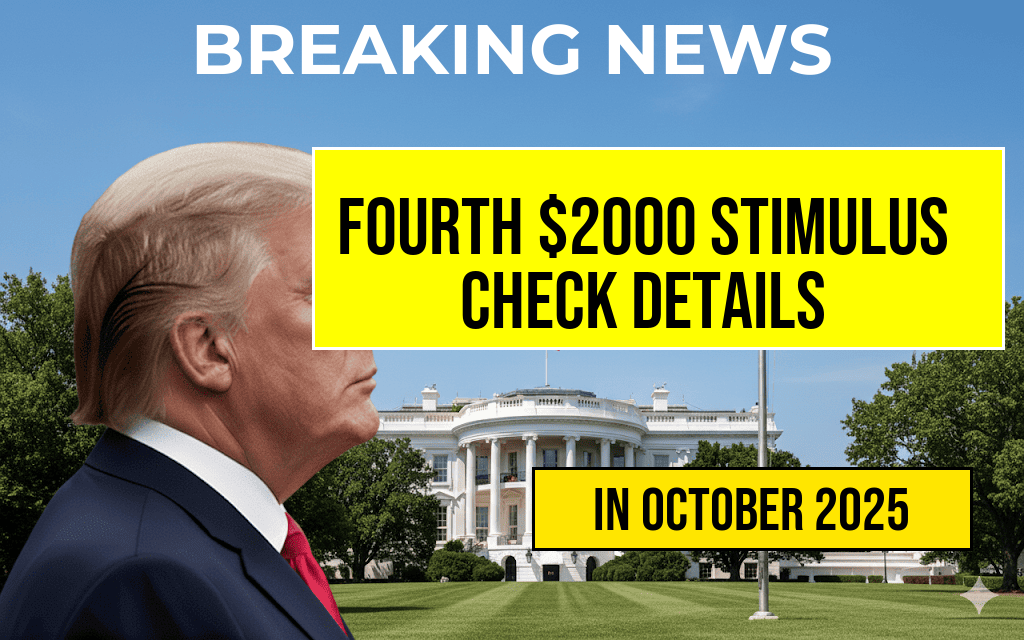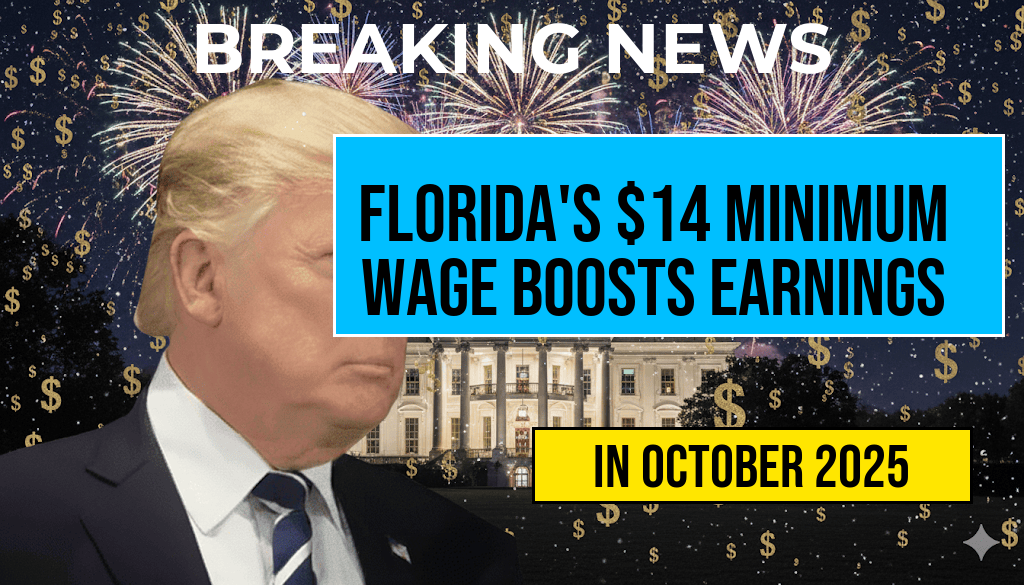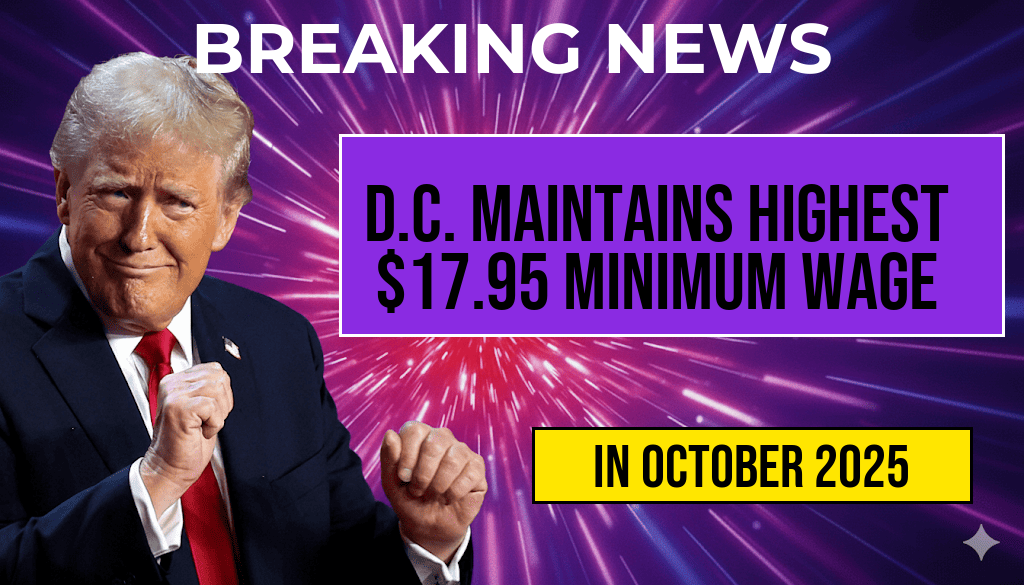A new round of financial relief is underway for eligible Americans, as the federal government prepares to send a fourth stimulus check of $2,000 to qualifying recipients. This initiative aims to provide targeted support amid ongoing economic challenges and inflationary pressures. While the specifics regarding eligibility criteria and deposit timelines are still being finalized, recent updates have shed light on who might qualify and when payments are expected to arrive. This article offers a comprehensive overview of the $2,000 stimulus check, including eligibility details, the application process, and the anticipated deposit schedule, ensuring residents stay informed about this financial assistance program.
Overview of the Fourth Stimulus Check
The $2,000 stimulus check is part of broader efforts by federal and state agencies to bolster household finances during a period marked by economic uncertainty. Unlike previous rounds, this particular disbursement is tailored to support specific demographics, such as low-income families, seniors, or essential workers, depending on legislative approval and budget allocations. The program’s primary goal remains providing quick relief to those most impacted by rising living costs and job disruptions caused by the pandemic and related economic shifts.
Eligibility Criteria for the $2,000 Payment
While official guidelines are still being finalized, industry experts and government officials have indicated certain broad criteria that will likely determine eligibility:
Primary Factors Considered
- Income Limits: Households earning below a specified threshold, often aligned with federal poverty guidelines or adjusted for inflation.
- Filing Status: Taxpayers who filed in recent years, particularly those claiming low-income or qualifying dependents.
- Residency: U.S. residents with valid Social Security numbers who meet the state’s residency requirements.
- Employment Status: Essential workers or those experiencing income loss due to pandemic-related disruptions may be prioritized.
Additional Considerations
- Individuals who received previous stimulus payments may be eligible for this round if they meet updated criteria.
- Recipients of Supplemental Nutrition Assistance Program (SNAP), Medicaid, or other federal assistance programs are often prioritized.
- Eligibility may also depend on filing status and total household income reported in recent tax returns.
It is recommended to consult official sources such as the IRS website for detailed and current eligibility information once the program is officially announced.
Application Process and Documentation
Typically, stimulus checks are automatic for those who have filed recent tax returns and have updated bank information with the IRS. However, for those who have not filed recently or need to update their details, a streamlined application process may be available through state or federal portals. Key steps include:
- Verifying income and residency status through submitted documentation or prior filings.
- Providing bank account details for direct deposit, which is the fastest method of payment.
- Completing any required online forms or verification steps if eligible but not previously registered.
For individuals unsure of their eligibility or how to apply, resources such as the IRS’s Get My Payment portal can offer personalized status updates and guidance.
Deposit Schedule and Payment Timeline
The timing of the $2,000 stimulus checks depends on legislative approval, funding allocation, and individual eligibility. Based on recent government announcements, payments are expected to be distributed in phases over the next several weeks. Here is an estimated schedule:
| Phase | Targeted Recipients | Estimated Date Range |
|---|---|---|
| Initial Disbursement | Direct deposit recipients from previous stimulus rounds | Late November 2023 |
| Secondary Distribution | Eligible new applicants and those updating info | December 2023 – January 2024 |
| Final Phase | Remaining eligible households | February 2024 |
It is advisable to monitor official channels, such as the Congress.gov website and IRS updates, for real-time information about payment schedules and eligibility adjustments.
Additional Support Programs and Resources
Alongside the $2,000 stimulus check, various federal and state assistance programs continue to provide relief options. These include expanded unemployment benefits, rental assistance, and food aid. Eligible individuals should explore resources like the Grants.gov portal and their state government websites for tailored support options.
Individuals seeking further information about the ongoing stimulus initiatives can also consult reputable sources like Forbes or the Wikipedia entry on stimulus packages for broader context.
Frequently Asked Questions
What is the purpose of the fourth stimulus check of two thousand dollars?
The fourth stimulus check of two thousand dollars aims to provide additional financial assistance to eligible individuals and families, helping them cover expenses during economic recovery and unforeseen hardships.
Who is eligible to receive the fourth stimulus check?
Eligibility is typically based on factors such as income level, filing status, and dependents. Specific criteria are outlined by the issuing agency, often prioritizing low- and middle-income households.
When will the deposits for the fourth stimulus check be made?
The deposit schedule varies depending on your state or filing method. Generally, recipients can expect to receive their funds within a specified timeframe after eligibility confirmation, with detailed dates announced by authorities.
How can I check the status of my fourth stimulus check?
You can verify the status of your stimulus check through official government portals or by contacting the relevant agency. Many systems offer online tools for real-time updates on your deposit.
Are there any additional requirements or documents needed to receive the stimulus check?
Typically, eligibility is determined automatically based on your tax filings or benefit programs. However, certain individuals may need to submit additional documents or applications to confirm their eligibility.






